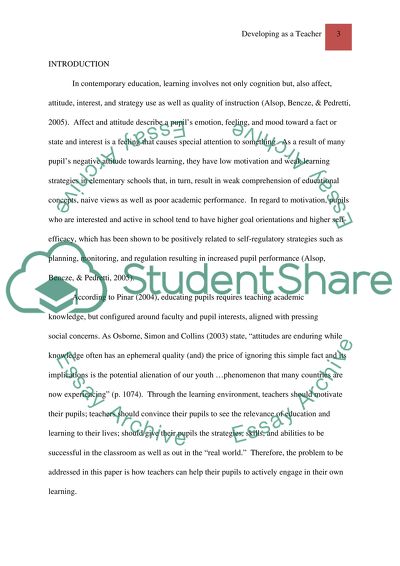Cite this document
(“Developing as a Teacher Essay Example | Topics and Well Written Essays - 3500 words”, n.d.)
Developing as a Teacher Essay Example | Topics and Well Written Essays - 3500 words. Retrieved from https://studentshare.org/education/1508487-developing-as-a-teacher
Developing as a Teacher Essay Example | Topics and Well Written Essays - 3500 words. Retrieved from https://studentshare.org/education/1508487-developing-as-a-teacher
(Developing As a Teacher Essay Example | Topics and Well Written Essays - 3500 Words)
Developing As a Teacher Essay Example | Topics and Well Written Essays - 3500 Words. https://studentshare.org/education/1508487-developing-as-a-teacher.
Developing As a Teacher Essay Example | Topics and Well Written Essays - 3500 Words. https://studentshare.org/education/1508487-developing-as-a-teacher.
“Developing As a Teacher Essay Example | Topics and Well Written Essays - 3500 Words”, n.d. https://studentshare.org/education/1508487-developing-as-a-teacher.


